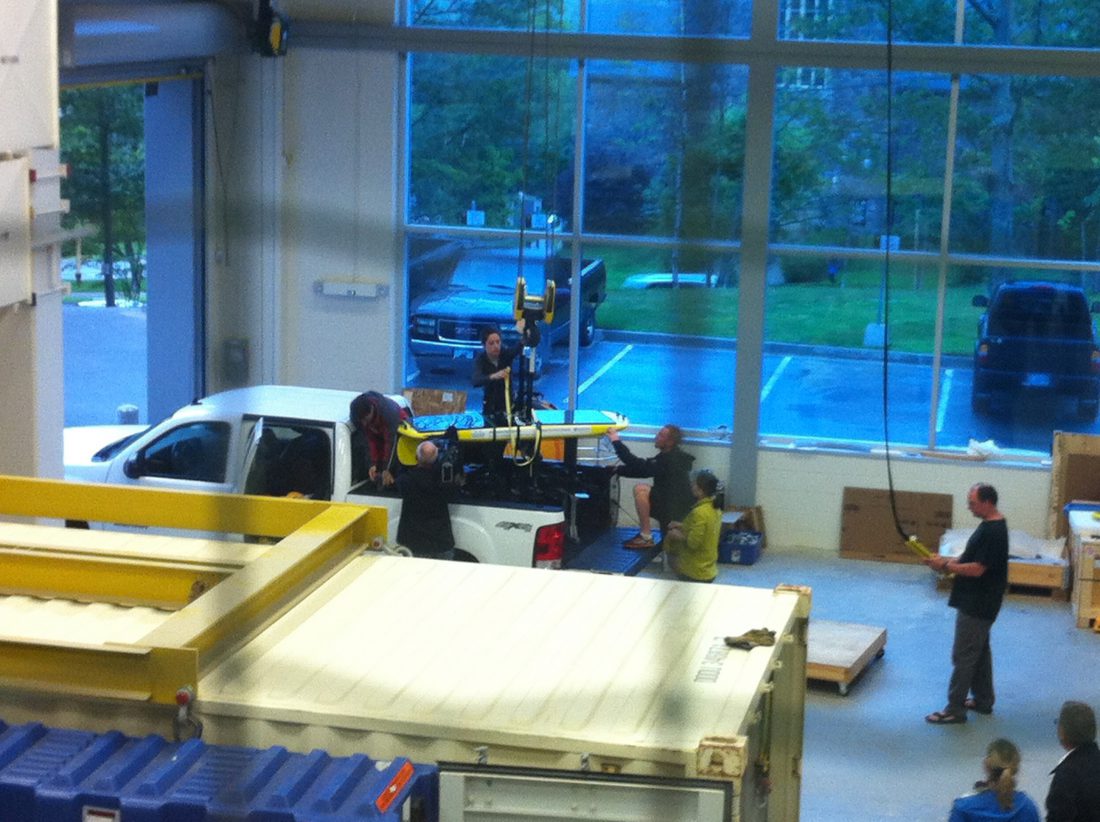
To get an idea of what each element corresponds to concretely, let’s take the example of the PacMan game. It represents a mapping between the set of situations and the set of possible actions.
In this context, there is a specific terminology used to describe the components of an RL environment: Through its experience, the agent seeks to find the optimal decision-making strategy that will enable him to maximize the rewards accumulated over time. by receiving rewards or penalties depending on the actions it takes. The agent learns in an autonomous way what action to take by interacting with his environment, i.e.

Similarly, RL consists of training Machine Learning models to make decisions. When your dog performs the trick, you provide him with a kibble as a reward and when he does not you punish him by not giving him anything. Let’s start first with a quick overview of RL principles.įrom a general perspective, RL can be explained in very simple words. What are the potential contributions of Reinforcement Learning and what challenges remain?.What is Deep Q Learning and how it is different from the ‘usual’ Q-Learning?.What is Reinforcement Learning and on what principles and techniques is it based?.To this end, it focuses on the example of Q-Learning, a common RL model, and explains the added value of including neural networks.Īfter reading this article, you will learn: The purpose of this article is to shed light on the contribution of Deep Learning in the field of RL. It has even enabled algorithms to exceed human performance in domains like Atari, Go, or poker. It has been the basis of recent impressive advances in artificial intelligence. In this context, the combination of the Reinforcement Learning approach and Deep Learning models, generally referred to as Deep RL, has proven to be powerful. It has been at the center of many mathematicians’ work for a long time.Īnd today, with the improvement of Deep Learning and the availability of computational resources, RL has arisen a greater interest: as large amounts of data do not represent barriers anymore, new modeling approaches have emerged. Reinforcement Learning (RL) is one of the most exciting research areas of Data Science. So Target Network technique fixes parameters of target function and replaces them with the latest network every thousands steps.Uncover the Power of Deep Reinforcement Learning Unstable target function makes training difficult. In TD error calculation, target function is changed frequently with DNN. reuses past transitions to avoid catastrophic forgetting.increases learning speed with mini-batches.reduces correlation between experiences in updating DNN.This technique expects the following merits.
RL TRACKING NETWORK UPDATE
To solve this problem, Experience Replay stores experiences including state transitions, rewards and actions, which are necessary data to perform Q learning, and makes mini-batches to update neural networks. Once DNN is overfitted, it’s hard to produce various experiences. DNN is easily overfitting current episodes. Experience ReplayĮxperience Replay is originally proposed in Reinforcement Learning for Robots Using Neural Networks in 1993. DQN overcomes unstable learning by mainly 4 techniques.


 0 kommentar(er)
0 kommentar(er)
